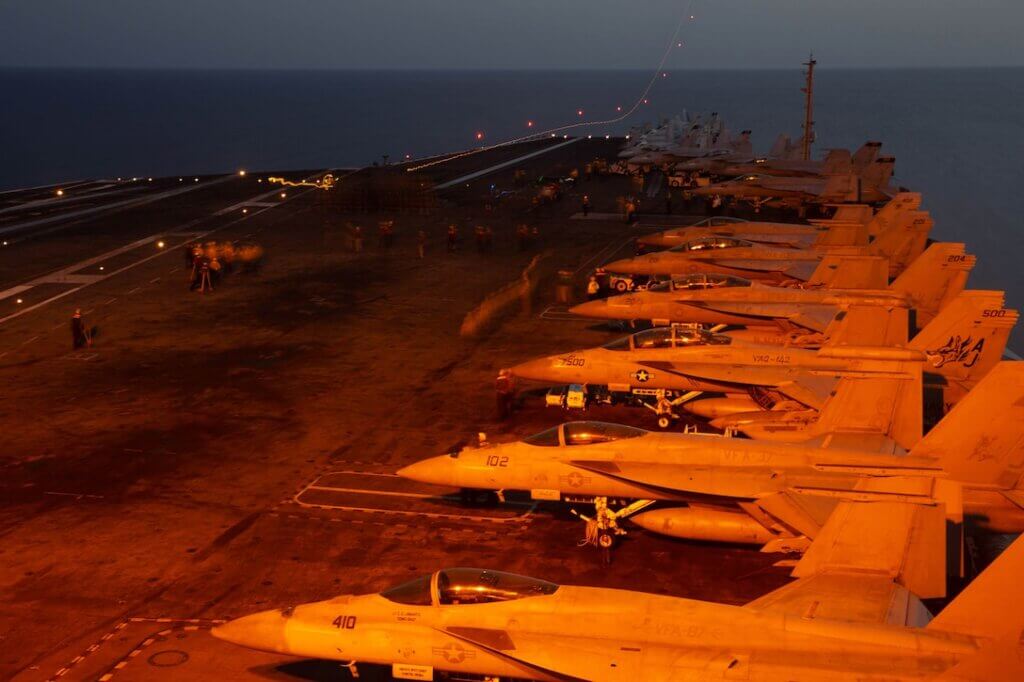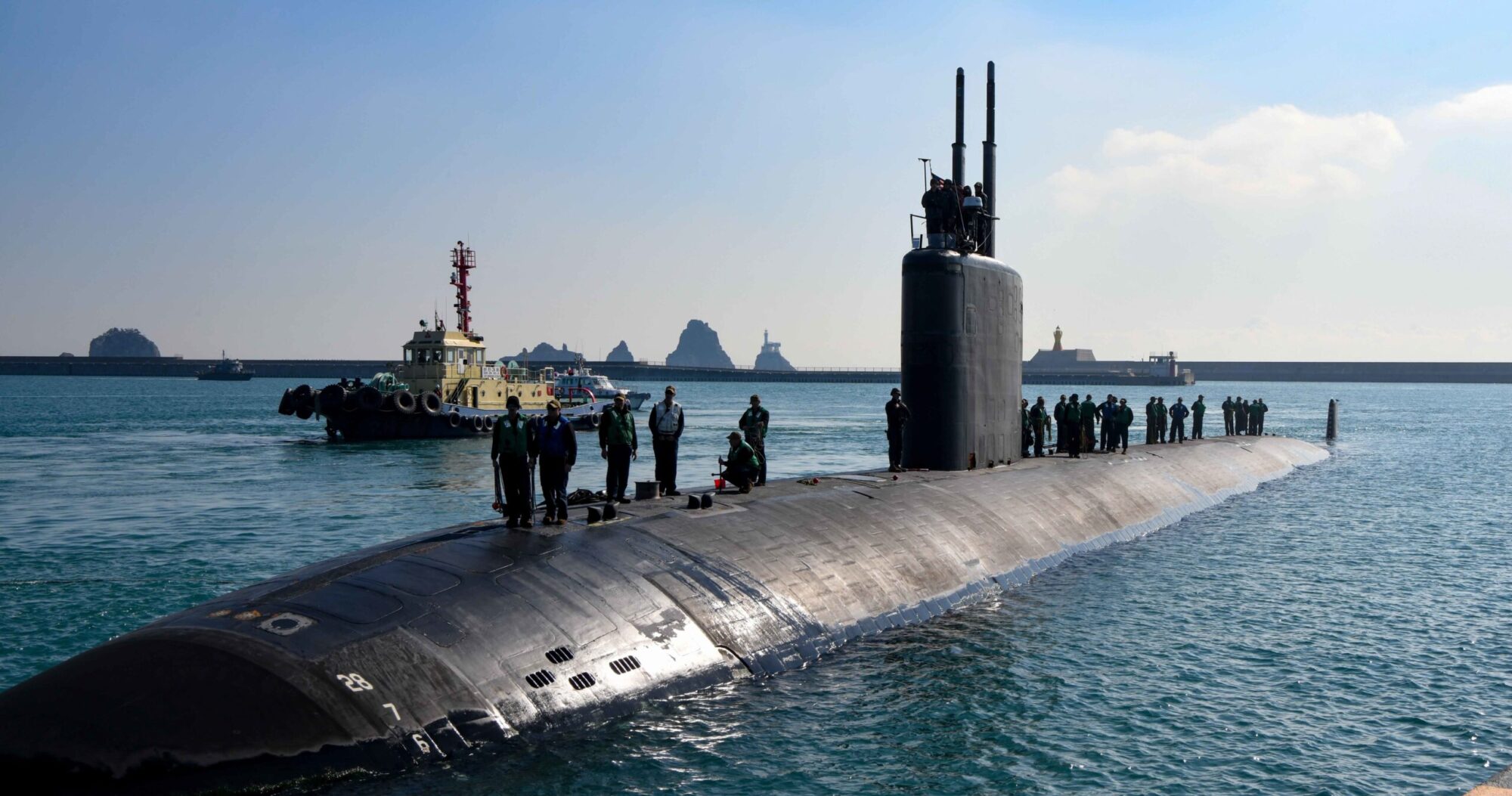
Hello, members and subscribers of Americans for a Stronger Navy.
We are excited to share with you a thrilling story of air operations at night on an aircraft carrier. This is not a fiction, but a reality that our brave and skilled naval aviators face every day.
Imagine landing a plane on a moving ship in the dark, with no lights, no runway, and no margin for error. Imagine doing it while the ship is pitching and rolling in rough seas, and the wind is blowing from all directions.
- Imagine doing it with a plane that weighs over 30 tons, carries tons of fuel and weapons, and travels hundreds of miles per hour.
- Imagine doing it with only a few seconds to react, and no second chances.
This is what our naval aviators do every night on an aircraft carrier. It is one of the most challenging and dangerous feats in aviation, requiring precision, courage, and razor-sharp instincts.
It is also one of the most vital capabilities of our Navy, enabling us to project power and protect our interests around the world.
In this story, we will take you behind the scenes of night carrier operations, and show you how our Navy pilots train, prepare, and execute these missions.
We will also show you how the aircraft carrier USS Gerald R. Ford, the newest and most advanced carrier in the world, supports these operations with its cutting-edge technology and systems.
The aircraft carrier USS Gerald R. Ford conducts flight operations in the Adriatic Sea, July 25, 2023.
The Gerald R. Ford Carrier Strike Group is on a scheduled deployment in the U.S. Naval Forces Europe area of operations, employed by U.S. Sixth Fleet to defend U.S., allied, and partner interests.
We will tell you what it takes to launch and recover these planes in the dark, what are the risks and rewards of doing so, and what are the secrets of success for these elite pilots.
We will also share with you some facts and statistics about night carrier landings that will amaze you:
- According to a YouTube video by NAVY Productions , night carrier landings are graded on a scale of 0 to 5 by the Landing Signal Officer (LSO), who guides the pilots with visual signals and radio calls. A perfect landing is a 5, a safe but average landing is a 3, and a bolter (a missed arrestment) is a 2.5.
- According to Wikipedia , bolters occur when the plane’s tailhook fails to catch any of the four arresting wires on the carrier deck, forcing the pilot to abort the landing and go around for another attempt. Bolters can happen due to pilot error, equipment failure, or adverse weather conditions.
- According to an article by Carey Lohrenz , a former Navy fighter pilot and author of Fearless Leadership: High-Performance Lessons from the Flight Deck , night carrier landings are so stressful that they can cause physiological effects such as increased heart rate, blood pressure, adrenaline, cortisol, and pupil dilation.
- According to an article by Proceedings Magazine , published by the U.S. Naval Institute , night carrier landing accident rates have historically been about three times higher than day rates, due to reduced visibility, depth perception, and situational awareness.
We hope you enjoy this story as much as we enjoyed writing it for you. We hope it will inspire you to appreciate the incredible work that our Navy does every day, and to support our cause of making our Navy stronger and more capable.
Thank you for your attention and loyalty.
Americans for a Stronger Navy.

